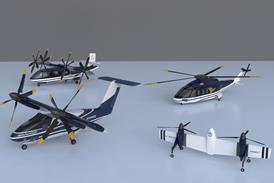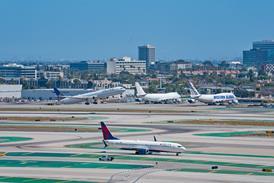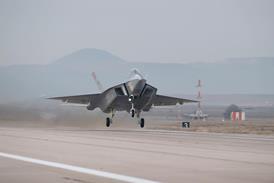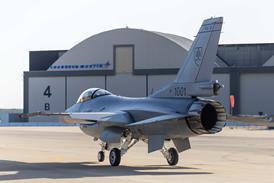Stewart Penney/LONDON
European nations have committed around 400 combat aircraft, 100 naval vessels and 100,000 troops to a European Union (EU) force that will provide combined operations outside the auspices of NATO.
By 2003, the EU intends to be able to deploy a 60,000-strong force within 60 days for peace-keeping, humanitarian and crisis management missions. The force will have to be capable of being sustained for one year.
The EU believes the initiative will force Europe to address capability shortfalls which were highlighted during last year's Operation Allied Force and were the subject of the NATO Defence Capabilities Initiative. As well as the 15 EU nations, six non-EU NATO members and nine EU-candidate countries also made commitments.
Areas identified as needing improvement include strategic airlift, combat search and rescue (CSAR), defence against surface-to-surface missiles, precision weapons, suppression of enemy air defences (SEAD) and intelligence gathering.
Although it is unclear how much it will cost EU members to close the capability gap, UK defence secretary Geoff Hoon says 11 of the 16 European NATO nations will have higher defence budgets in real terms next year.
France, Germany, Italy and the UK lead the contributions. Italy, for instance, has committed 19 warships, including the aircraft carrier Garibaldi and amphibious assault ships with their organic helicopter and fighter fleets.
The air force has offered up to 47 aircraft ranging from the Alenia/Embraer AMX to the Panavia Tornado ECR SEAD aircraft, Sikorsky HH-3FC SAR helicopters and transports.
France, Germany and the UK have committed roughly similar force numbers. The UK has pledged up to 72 combat aircraft as well as airlift and tanker support. It will also make available up to 18 warships and a brigade-size - around 12,000 troops – ground element. The naval presence could include aircraft carriers or helicopter-capable assault ships, while the land forces could be an amphibious brigade or 16 Airmobile Brigade and its helicopter force.
Command and control will use either national headquarters or, if the force is large enough, NATO's system. Negotiations between NATO and the EU are on-going, to establish the criteria that will allow the EU to use NATO facilities and prevent duplication. An EU military staff will be established next year, but maintaining European security is to remain a NATO task.
Source: Flight International























